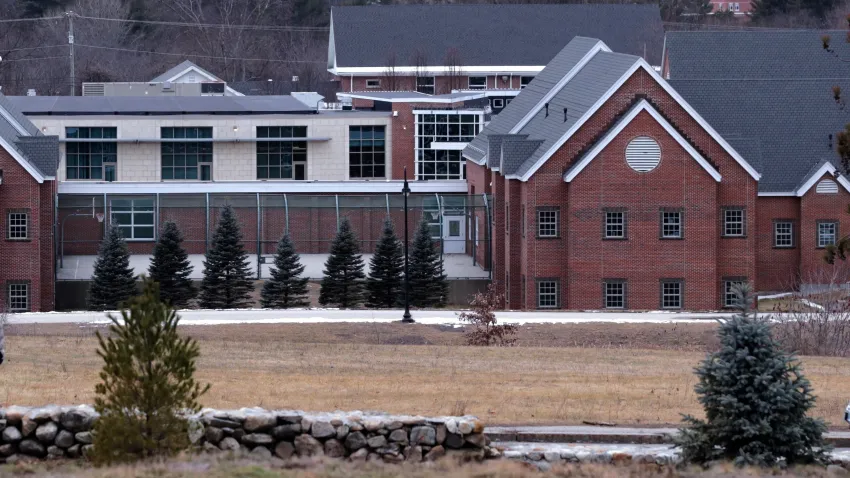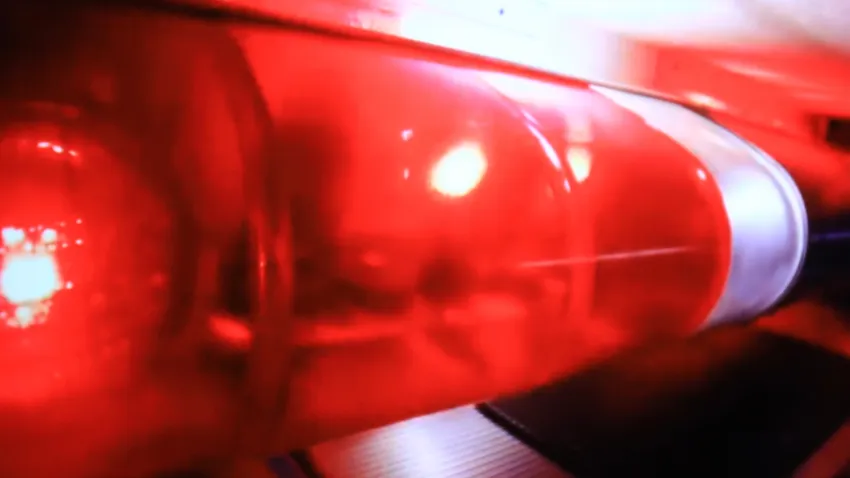

The Latest
-

Everything to know about Spring Prime Day, plus the best early deals to shop
Promoted By NBC Select Deals -

Celtics-Blazers recap: C's win streak hits five with 129-116 victory
Jayson Tatum scored 30-plus points for the 27th time this season as the Celtics extended their win streak to five games. Check out a full recap.
-

Wintry mix, light snow, and rain on tap for Boston Monday morning: Latest maps
Snow accumulation will be possible around I-495 in Massachusetts; around Boston we see some wet snowflakes, we change to rain by late morning.
-

2 teenage victims in deadly shooting near Chipotle at Brockton mall, DA says
A shooting outside a Chipotle restaurant by the Westgate Mall in Brockton, Massachusetts, Saturday night was deadly, prosecutors said Sunday.
-

Michigan State ousts Harvard 64-50 in women's NCAA tourney
Harmoni Turner had 24 points for 10th-seeded Harvard (24-5), which topped two Big Ten teams in November but couldn’t pull off another victory against a power conference opponent.
-

Boston could get more snow Monday. Will it stick? Here's the latest
A chilly, breezy finish to the weekend leads us into a messy start to the new workweek in the Boston area.
-

2 shot in parking lot by Brockton mall, police say
Two people were injured when a fight led to a shooting at a parking lot near the Westgate Mall in Brockton, Massachusetts, Saturday evening, police said.
-

Breaking down the Monday snow forecast by region — where could 1 inch fall?
Monday morning brings us a chance for a wintry mix, light snow and then rain, and some parts of Greater Boston will get more of each than others
-

Kitty Dukakis, advocate and former Mass. first lady, dies at 88
Women’s rights and Holocaust remembrance advocate Kitty Dukakis, the former first lady of Massachusetts, has died, Gov. Maura Healey said Saturday.
-

Dumping or climate solution? A growing industry bets on the ocean to capture carbon
Dozens of companies and academic groups are pitching the same theory: that sinking rocks, nutrients, crop waste or seaweed in the ocean could lock away climate-warming carbon dioxide for centuries or more. Nearly 50 field trials have taken place in the past four years, with startups raising hundreds of millions in early funds. But the field remains... -

It's a gorgeous day in Boston — hard to believe snow may be here by Monday
The weekend dawns bright and chilly in Boston, but the high will reach 60 Saturday. That all changes Sunday, and snow’s possible for Monday’s commute.
-

Quincy statues raise concerns of price, transparency and religious freedom
Mayor Tom Koch of Quincy, Massachusetts, has defended the plan to spend $850,000 to install controversial 10-foot bronze statues at the new public safety headquarters









